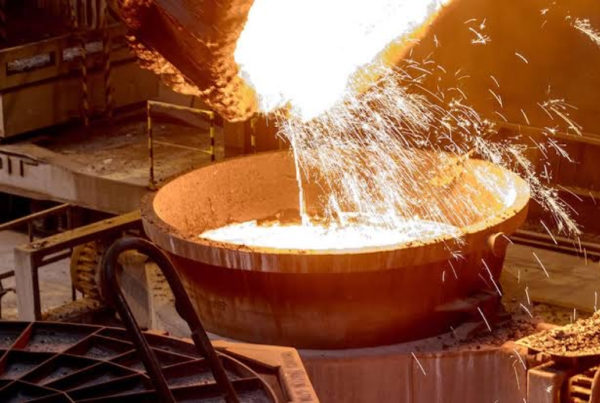
Skyscrapers and bridges, cars and cruise ships, guns and washing machines. All have one thing in common: steel. As a key input for engineering and construction, it is the world’s most commonly used metal, providing the foundations of the modern industrial economy. Since a method for inexpensively mass producing the iron alloy was developed by English inventor Henry Bessemer in the 1850s, a sprawling industry has grown which today turns over $2.5tn and employs millions of people.
But just as the oil and coal sectors have faced intense pressure in recent years, steel’s role in the climate crisis is now under much closer scrutiny. From the American rustbelt to China’s manufacturing heartlands, the dominant way of smelting iron pumps into the atmosphere huge quantities of carbon dioxide, the main contributor to man-made global warming.
Outside of power generation, the iron and steel sector is the largest industrial producer of the gas. It accounts for 7-9 per cent of all direct fossil fuel emissions, according to the World Steel Association, greater than the total for India. As climate change rises up the global political agenda and many governments commit to ambitious environmental targets, a race against time is on to develop low-carbon versions of this strong and versatile material.
Please use the sharing tools found via the share button at the top or side of articles. Copying articles to share with others is a breach of FT.com T&Cs and Copyright Policy. Email licensing@ft.com to buy additional rights. Subscribers may share up to 10 or 20 articles per month using the gift article service. More information can be found here.
https://www.ft.com/content/46d4727c-761d-43ee-8084-ee46edba491a
“Steel is a very important material for modern society. It has been made since a long time back from iron ore, using coal,” says Martin Pei, chief technical officer at SSAB, a Swedish company at the forefront of these efforts. “If we really want to contribute to realising the climate goals set in the Paris agreement, then there’s a quite widespread consensus that only doing further efficiency improvements in the blast furnace will not be enough. Breakthrough technologies are needed urgently.”
After the mass deployment of renewable energy over the past decade, as well as recent pledges by many of the world’s automakers to switch to electric motors, heavy industries such as steel, cement and petrochemicals that require extreme heat are one of the next frontiers in the decarbonisation of the economy.
To meet global climate and energy goals, steel industry emissions must fall by at least half by the middle of the century, according to the International Energy Agency, with declines to zero pursued thereafter. Some of the world’s biggest steelmakers, including ArcelorMittal, Thyssenkrupp and China’s Baowu Group, are at various stages of turning laboratory concepts into an industrial reality. A number have even announced targets for so-called “net zero” emissions.
Read full article at Financial Times



